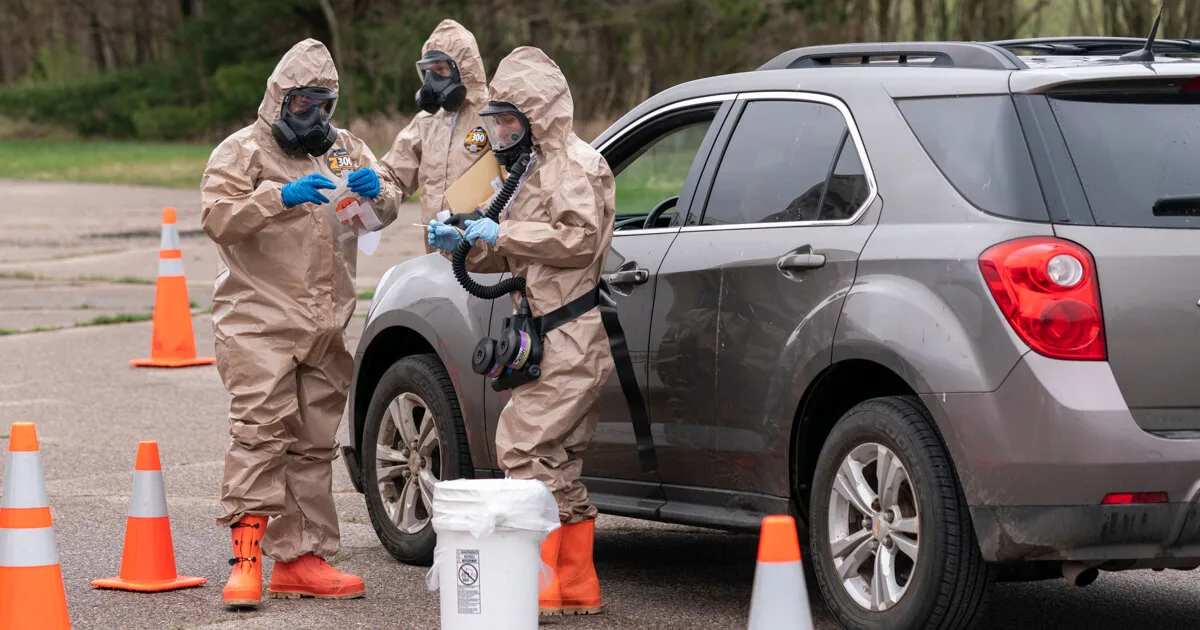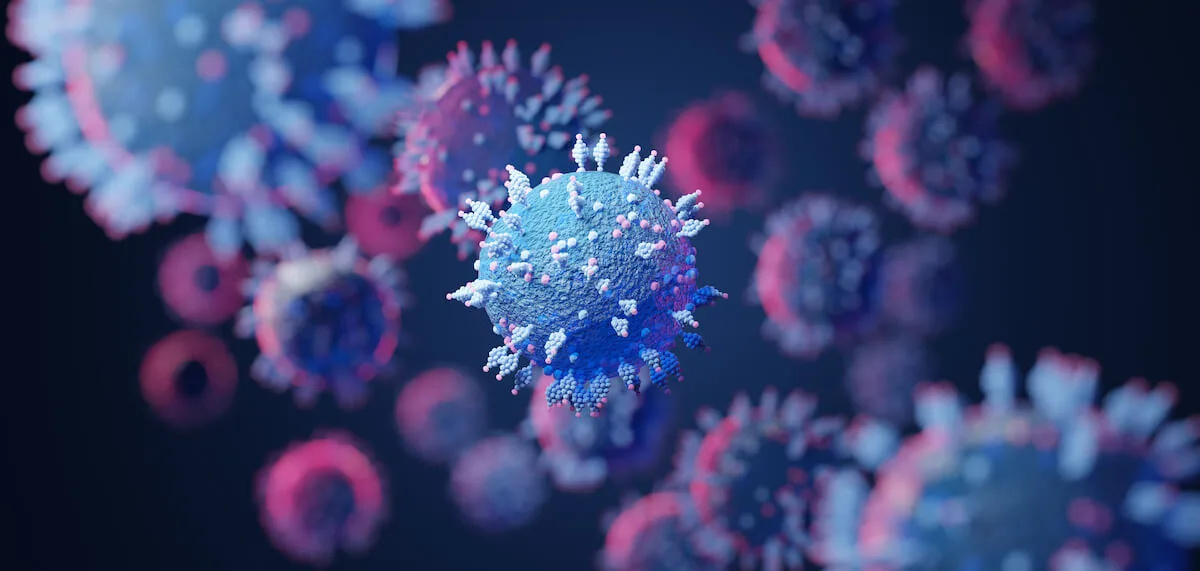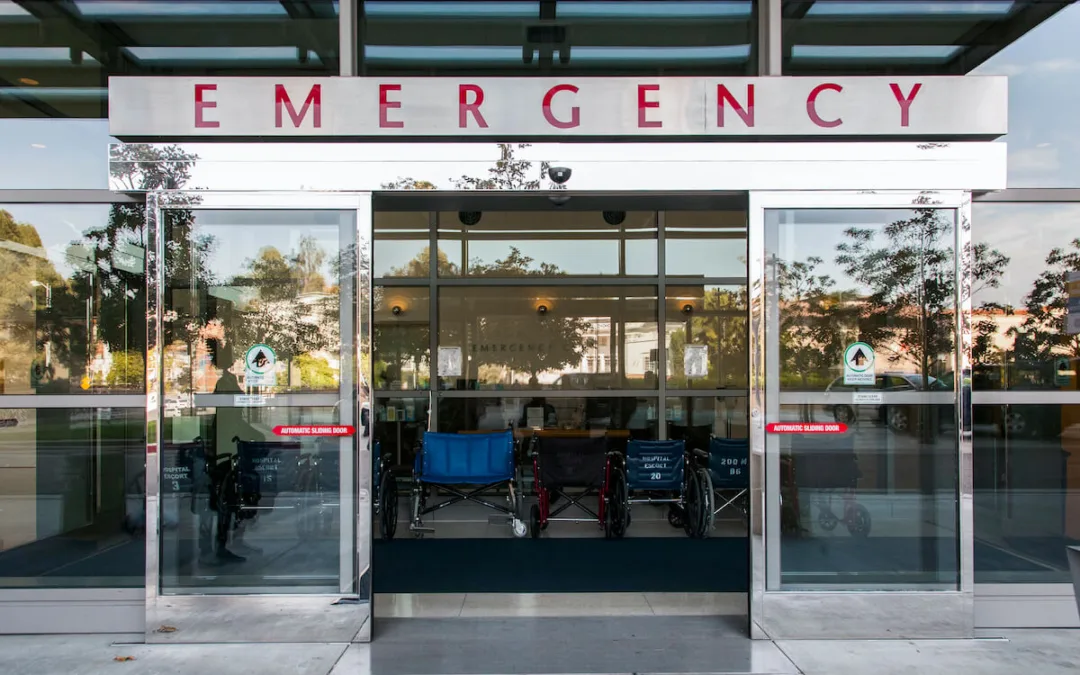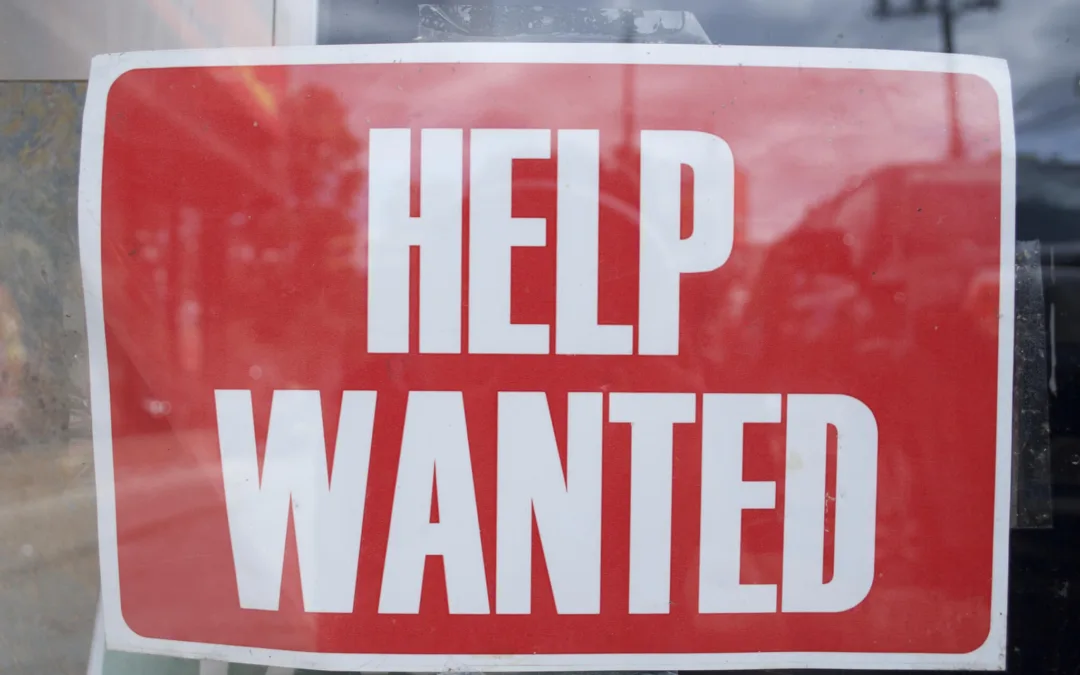
#image_title
#image_title
Once vaccinated, individuals need to continue taking precautions as it will take several months to distribute the vaccine.
The number of people testing positive for COVID-19 in Wisconsin is lower for the first week in December compared to November, but the positivity rate remains high in part because fewer people are getting tested.
The last time the state processed more than 20,000 tests within a single day was Nov. 18. In seven of the last 20 days, fewer than 10,000 tests were processed.
During a COVID-19 press briefing on Tuesday, Department of Health Services (DHS) Secretary-designee Andrea Palm emphasized that people should continue getting tested if they’ve potentially been exposed to COVID-19. That provides the state with an accurate picture of the infection rate, which allows the state to protect others from getting infected.
“It is critical for the individual to know if they are positive so they can take steps to protect their families and communities,” Palm said.
On Tuesday, DHS reported 4,114 new coronavirus cases and 68 deaths. The state’s pandemic death toll is now 3,806.
Traci DeSalvo, acting director of the Bureau of Communicable Diseases, pointed out that while the numbers lately have felt low compared to recent days of more than 7,000 new cases per day, once upon a time earlier in the pandemic,1,000 new confirmed cases in a day felt high.
“While this is lower than what we were seeing earlier in November, it is still a very high number,” DeSalvo said.
Palm emphasized that as the state anticipates initiating vaccination for some residents perhaps as early as next week, people need to continue wearing masks and practicing social distancing.
“As we move into the next phase, we must remember to continue effective measures [to stop the spread of the virus],” Palm said. “With the vaccine on the horizon, we must commit to the processes we know work.”
Palm described the vaccine distribution system as “hubs and spokes,” hubs being the areas that have the necessary cold storage for the Pfizer vaccine before the doses are distributed to healthcare providers. Healthcare providers have already started ordering doses through the state’s vaccination system.
The manpower required to administer the vaccine is going to be massive. Healthcare workers across the state are already overwhelmed with treating COVID-19 patients so the state has had to get creative. DHS and the Department of Administration have contracted a staffing agency to hire healthcare workers to fulfill staffing shortages across the state, including for vaccination efforts.
Still, Department of Health Services Deputy Secretary Julie Willems Van Dijk warned that it is going to take some time to distribute. Even with just the first phase of recipients–healthcare workers–the state would need to receive almost one million doses in order to fully inoculate the estimated 450,000 people in that sector.
Even those who receive the vaccine will need to continue taking COVID-19 precautions. Van Dijk warned that even after receiving both doses, those individuals will still be capable of spreading the virus in the weeks in between the two doses and in the weeks after receiving the second dose. Finally, it’s hard to predict how effective and lasting a vaccine will be for any individual because it has only been recently developed.
Van Dijk said as vaccination spreads, some restrictions may be loosened but she doesn’t recommend vaccinated individuals go, “free as a bird right away.”
“No vaccine is 100% effective’,” Van Dijk said. “It might not be a bad idea to continue wearing a mask even after immunization for COVID-19.”
Health officials do not know the magic number of Wisconsinites that would need to be vaccinated to reach herd immunity and for life to largely get back to normal. Palm said her best guess is that they’ll reach that level by late summer or early autumn of 2021 but it depends on the manufacturing and distribution of the approved vaccines.
“It’s the $64 million question,” Palm said.
Politics

New Biden rule protects privacy of women seeking abortions
Under the new rules, state officials and law enforcement cannot obtain medical records related to lawful reproductive health care with the goal of...

Biden marks Earth Day by announcing $7 billion in solar grants
The Biden administration on Monday announced the recipients of its Solar For All Program, a $7 billion climate program that aims to lower energy...
Local News

Stop and smell these native Wisconsin flowers this Earth Day
Spring has sprung — and here in Wisconsin, the signs are everywhere! From warmer weather and longer days to birds returning to your backyard trees....

Your guide to the 2024 Blue Ox Music Festival in Eau Claire
Eau Claire and art go hand in hand. The city is home to a multitude of sculptures, murals, and music events — including several annual showcases,...




